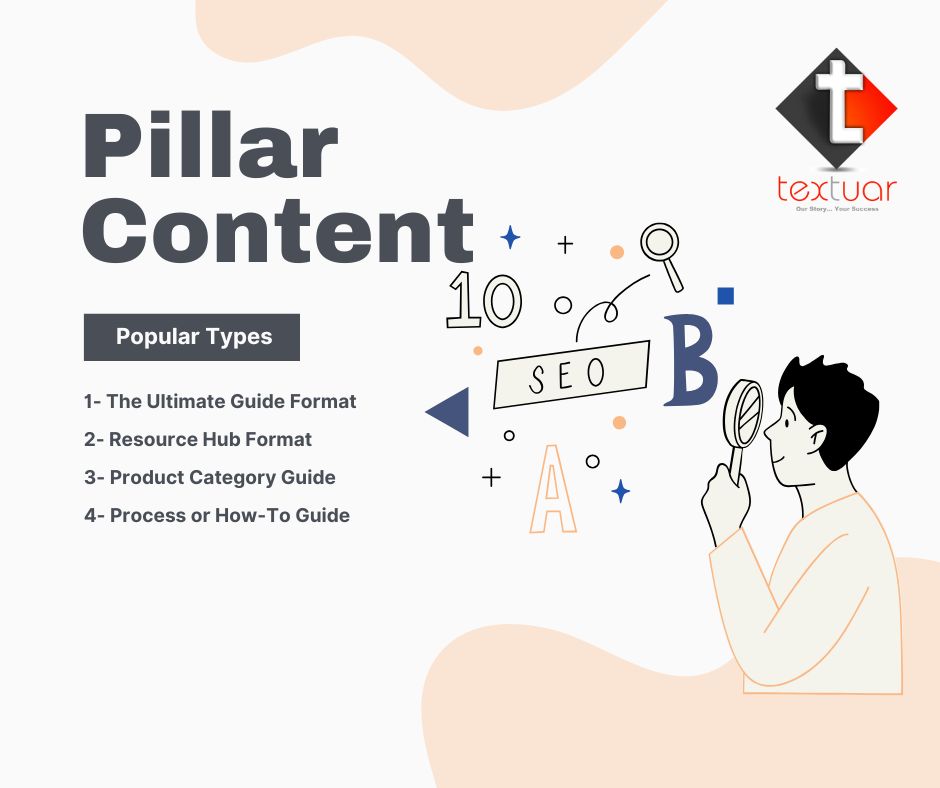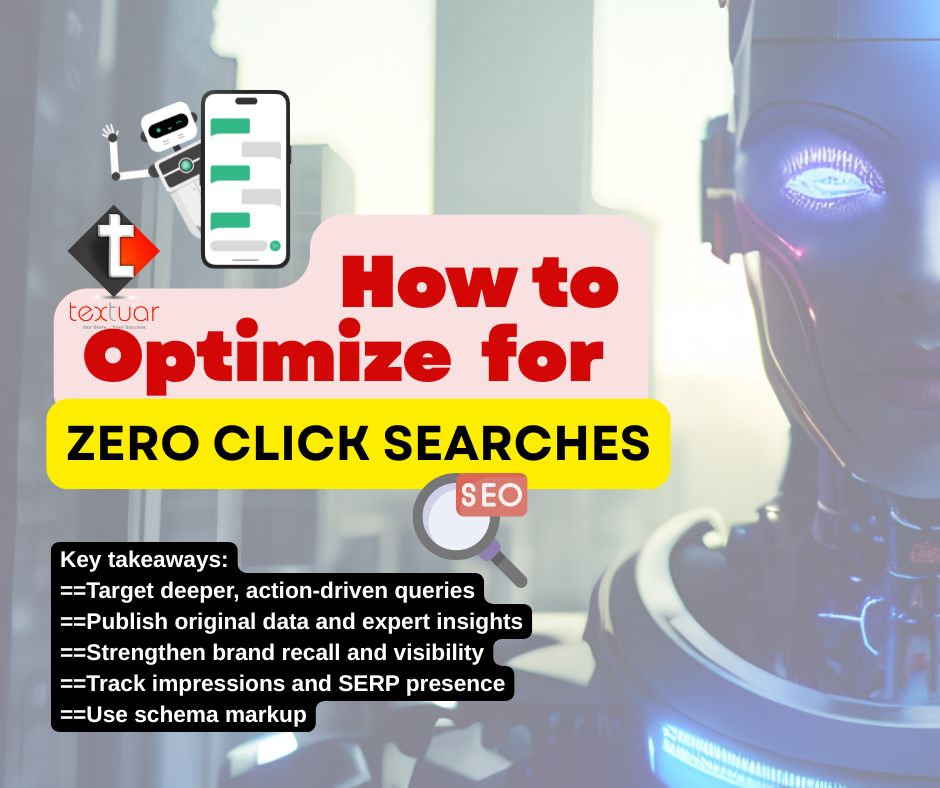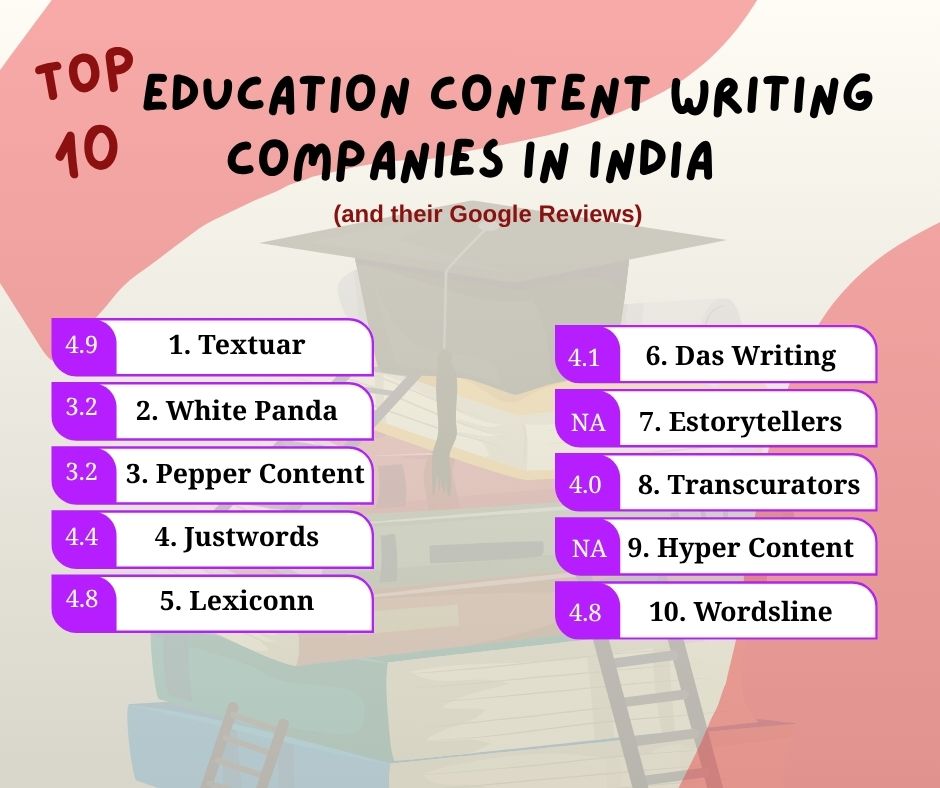Running an online business today feels like trying to have a conversation at a rock concert. Everyone is shouting to get attention, and it’s almost impossible to be heard above all the noise.
With thousands of new websites going live every day and countless blog posts being published every hour, how do you make your voice stand out?
Smart business owners have figured out the secret. They’re using something called pillar content, and it’s changing everything about how they connect with customers.
Think of pillar content as being the most helpful person at a party. While everyone else is making small talk, you’re the one giving amazing advice that people actually remember. You’re like the friend who brings the best homemade dish to dinner – everyone wants to know your secret recipe.
What Exactly is Pillar Content?
Let’s break this down simply. Pillar content means creating the best possible guide about something your customers really care about. Instead of writing a bunch of short blog posts about different pieces of a topic, you create one amazing, super helpful guide that covers everything.
Let’s say you run a small bakery. You could write separate blog posts like “How to Measure Flour,” “Understanding Yeast,” and “Getting Your Oven Temperature Right.” Or you could create one incredible guide called “How to Bake Perfect Bread at Home – Everything You Need to Know” that includes all these topics and more.
That’s pillar content – it’s thorough, helpful, and becomes the place people go when they want to learn about your topic.
How the Pillar Content System Works
The real magic happens when you pair your main guide with what we call cluster content. This creates something experts call the pillar-cluster model but don’t worry – it’s actually really straightforward.
Here’s how it works –
1- Your Main Guide (Pillar Page) is your big, complete resource. Using our bakery example, this would be “How to Bake Perfect Bread at Home: Everything You Need to Know.”
2- Your Supporting Articles (Cluster Content) are shorter pieces that go deeper into specific parts of your main topic.
3- The Smart Connection happens when you link everything together. Your main guide links to each supporting article, and each supporting article links back to your main guide. You’re building a helpful web of information that keeps people on your website and shows Google that you really know your stuff.
This system helps your website visitors find exactly what they need, whether they want the big picture or specific details. It also helps search engines understand that your website is a trusted source on your topic.
Why Your Business Should Use Pillar Content
1- You’ll Show Up More Often in Google Searches
When people search for information on Google, you want your business to appear, right? Pillar content is like adding fuel to your search engine visibility. Plus, it indicates topical authority, which brings more leads through answer engine platforms like AI Overviews and Bing Co-pilot. Even generative engines like Claude and ChatGPT cite your content for zero-click search wins.
2- You’ll Rank for Many More Search Terms
One well-made guide can show up for hundreds or even thousands of different searches. Instead of hoping one blog post ranks for one search term, you’re creating content that brings in visitors from dozens of related searches.
3- Google AI Overviews Sees You as an Expert
Search engines and AI answer platforms like AI Overviews love thorough, helpful content. When Google sees that you’ve taken the time to create something complete and valuable, it starts seeing your website as trustworthy. This means you’ll appear higher in search results more often.
4- Other Websites Will Link to You
Other websites love linking to great resources. When you create pillar content, you’re basically creating content so good that other sites naturally want to reference it. These links are like recommendations that boost your search rankings even more.
5- You’ll Get Featured at the Top of Google
Those answer boxes that appear at the top of Google search results? Complete guides are much more likely to be featured there, giving you the best spot in search results.
How Pillar Content Delivers a Better UX
Nobody likes jumping from website to website trying to piece together information. Pillar content fixes this problem by giving people everything they need in one well-organized place.
1- Easy to Navigate
Visitors can quickly look at your guide’s table of contents and jump straight to what they’re looking for. If they need more detailed information, they can easily click through to your supporting articles.
2- People Stay Longer
When people find your content genuinely helpful, they stick around. They read more, they check out related topics, and they’re more likely to remember your business when they need your products or services.
3- You Build Trust Fast
When someone finds a complete, well-researched guide, their first thought is usually, “Wow, these people really know what they’re doing.” This instant trust can make the difference between someone leaving your site right away or becoming a loyal customer.
4- Fewer People Leave Right Away
Because pillar content keeps people interested and shows them where to find related information, fewer people will leave your website immediately after arriving.
How Pillar Content Makes Your Content Planning Easier?
Creating pillar content actually makes planning your other content simpler and more effective.

1- Clear Direction for What to Write
Once you pick your main topics, you immediately know which supporting articles to write. No more staring at a blank content calendar, wondering what to write about next.
2- Get More from Your Content
You can turn parts of your main guide into social media posts, email newsletter content, videos, graphics, and more. One piece of pillar content can fuel your marketing for months.
3- Easy to Grow
As your business grows and you learn more about your customers, you can simply create new supporting articles to go with your original guides. Your content strategy grows naturally with your business.
4- Better Organization
The pillar-cluster model makes you think about the big picture and how all your content fits together, leading to a more organized and professional online presence.
How Pillar Content Improves E-E-A-T Signals?
Pillar content positions your company as the go-to expert everybody goes to, and that brings possibilities other than simply having more website traffic.
1- Demonstrating You Truly Are an Expert
As you’re able to clearly and comprehensively explain complex subjects, folks naturally consider you an expert and someone they can trust. That expertise becomes consumer confidence and loyalty.
2- Being Noticed by Your Industry
Other companies, media outlets, and trade publications will be more apt to refer to your content, request that you speak at conferences, or request collaboration with you when you’re recognized for making helpful resources.
3- Becoming a Thought Leader
Well-rounded guides tend to result in speaking engagements, podcast appearances, and other opportunities to distribute your expertise to larger audiences.
4- Standing Out from Competitors
While your competition is posting bland blog entries, you’re producing content that people save and return to. That differentiates you in a tangible way.
Research shows that brands with clear content strategies that include pillar content are 313 percent more likely to report marketing success compared to those without proper strategies.
Types of Pillar Pages You Can Create
1- The Ultimate Guide Format
This is the most complete type of pillar content. It aims to be the best resource on a topic – the kind of content people bookmark and return to over and over. Examples include “The Ultimate Guide to Email Marketing” or “Everything You Need to Know About Home Energy Efficiency.”
These guides work well when you want to become the complete authority on a broad topic that’s important to your business.
2- Resource Hub Format
This type organizes helpful tools, resources, and links around one main theme. Examples might include “The Complete List of Free Design Tools for Small Businesses” or “Essential Resources for First-Time Home Buyers.”
Resource hubs work really well for service-based businesses that want to be seen as helpful advisors to their clients.
3- Product Category Guide
This format gives complete information about a category of products or services, explaining features, benefits, comparisons, and how to use them. A fitness equipment company might create “The Complete Guide to Home Gym Equipment,” or a software company might develop “Understanding Customer Relationship Management Systems.”
4- Process or How-To Guide
This type walks readers through complicated processes step-by-step while linking to detailed cluster articles for specific steps. Examples include “The Complete Process of Buying Your First Home” or “How to Start and Grow a Successful Blog.”
Select the format that helps your audience and fits with your business goals. You can also mix elements from different formats to create something unique for your industry.

Step-by-Step Guide to Creating Great Pillar Content
| Step | Key Actions | Tips |
| 1. Choose Your Topic | Pick a broad but focused topic aligned with audience needs and business expertise. | Use customer feedback, competitor research, and keyword tools. |
| 2. Keyword Research | Identify main pillar keyword + long-tail phrases for cluster content. | Tools: Google Keyword Planner, SEMrush, Ahrefs. Avoid keyword cannibalization. |
| 3. Plan Structure | Outline pillar page (sections, subtopics) and cluster articles. Map internal links. | Prioritize readability with headings, visuals, and logical flow. |
| 4. Write Content | Create detailed, actionable pillar content with visuals and clear CTAs. | Focus on depth over word count. Optimize for UX and mobile. |
| 5. Cluster Content | Develop supporting articles diving into subtopics; link back to pillar page. | Schedule consistent publishing to maintain momentum. |
| 6. Promote & Update | Share across channels (social, email). Regularly refresh outdated information. | Track performance; repurpose content (e.g., infographics, videos). |
Let us explore these points in detail:
1- Choose Your Topic Smartly
You need to understand what your audience actually cares about. Use your customer service questions, sales conversations, and website data to find topics that people are consistently interested in. Your topic should be broad enough to support multiple cluster articles but focused enough to be genuinely useful.
Ask your customers questions, look at what competitors are writing about, and use keyword research tools to make sure you’re picking the right topic. The best topics are ones that match both what customers need and what your business knows well.
2- Do Your Keyword Research
Find the main search term for your pillar page and map out related longer search phrases for your cluster articles. Tools like Google Keyword Planner, SEMrush, or Ahrefs can help you understand how many people search for these terms and how hard they are to rank for.
Create a keyword map that shows how your pillar and cluster content will work together to capture different types of searches while avoiding competing against yourself.
3- Plan Your Content Structure
Before writing anything, create a detailed outline that includes-
- Main sections for your pillar page
- Subtopics that will become cluster articles
- How you’ll link everything together
- Images and videos you’ll include
- Places where you’ll ask people to take action
This planning phase is really important for creating content that flows well and helps both your users and your business.
4- Write Great, Helpful Content
Write detailed content that genuinely helps your audience. You need to add clear headings and ample white space to make your content easy to scan. Include relevant images, charts, graphics, and other visual elements to help people understand and stay engaged.
Focus on giving actionable advice and real value rather than just trying to hit a certain word count. Quality always beats quantity, even in long content.
5- Create Your Cluster Content Plan
Make a schedule for publishing your cluster articles. Each article should give detailed information about specific parts of your main topic while linking back to the main pillar page.
Make sure each cluster article is valuable on its own while also supporting your overall strategy.
6- Promote and Keep Your Content Updated
Share your pillar content across all your marketing channels – social media, email newsletters, industry forums, and networking events. Think about creating different promotional angles for different audiences.
It can help if you create a schedule to review and modify your pillar content. This will keep it current and accurate. Old data can hurt your credibility and search rankings.
Common Mistakes That Hurt Your Results
1- Choosing Topics That Are Too Big or Too Small
Topics that are too big become hard to manage and don’t give enough specific value. Topics that are too small can’t support enough cluster content to make the strategy worth it. Find the sweet spot where your topic is complete but manageable.
2- Poor Linking Between Your Content
The connections between your pillar and cluster content are what make this strategy work. Not properly linking your content together means missing out on both SEO benefits and better user experience.
3- Creating Shallow or Low-Quality Content
Pillar content must provide real value to succeed. Simply writing long content without depth, research, or helpful insights will not work and may actually hurt your reputation.
4- Ignoring How Your Content Looks and Works
Even the best content can fail if it’s hard to read, navigate, or access on mobile devices. It is important that you invest in good design and UI/UX to get the most from your content.
5- Not Keeping Your Content Current
Content becomes outdated, industries change, and new information comes out. Not keeping your pillar content current can damage your credibility and search engine rankings.
6- Not Promoting Your Content Well
Creating great pillar content is only half the work. You need a solid promotion plan to make sure your target audience finds and engages with your content.
How to Measure If Your Pillar Content Is Working
Track these important numbers to see how well your pillar content strategy is doing:
1- Visitors from Google Searches
Watch for increases in people finding your site through search engines. You need to look for growth in both overall traffic and traffic to your pillar and cluster pages.
2- Where You Show Up in Search Results
It is important that you track how your pillar page ranks for your target search terms. Also, watch how many total search terms each page shows up for since successful pillar content often appears for hundreds of related searches.
3- How People Interact with Your Content
Measure how long people stay on your page, how many leave right away, and how many pages they visit during their time on your site. Good pillar content should keep visitors interested and make them want to check out related content.
4- Links from Other Websites
Keep track of how many other websites link to your pillar content. High-quality guides naturally get links from other sites.
5- New Leads and Sales
Track how pillar content helps with your business goals. This might include email signups, contact form submissions, or direct sales.
Research shows that businesses with clear content strategies, including pillar content, are 13 times more likely to see positive returns from their marketing efforts.
Getting Started with Your Pillar Content Strategy
Pillar content is a significant move away from typical blog posting to intelligent content development. Rather than creating a great deal of short pieces hoping for the best, you’re making an investment in full-fledged resources that offer long-term value to your business and your audience.
The companies that begin leveraging pillar content now are laying the groundwork for long-term online success. They’re producing content that keeps bringing visitors, creating leads, and establishing authority even months and years after they release it.
Begin by selecting a single core subject that’s relevant to your audience as well as to your company. Prioritize producing one super pillar page instead of attempting to write about several subjects at once. Completeness and quality are more valuable than quantity when it comes to pillar content.
Keep in mind that pillar content is a long-term game, not a quick solution. Connect with Textuar for a well-defined content strategy with pillar content. Doing so will help you build topical authority that gets citations from AI Overviews and ChatGPT, along with organic search rankings. Your pillar content is a business asset that will continue to work for you long after publication.
Frequently Asked Questions
1- What’s the right length for pillar content?
Pillar content usually ranges from 3,000 to 10,000 words. However, focus on covering your topic completely rather than hitting a specific word count. Some topics may need more or less content to be properly covered.
2- Can small businesses compete with larger companies using pillar content?
Absolutely. Pillar content actually levels the playing field by letting smaller businesses show their expertise and authority in their specific areas. Focus on topics where you have real knowledge and can provide unique value.
3- How do I choose the right topics for pillar content?
Pick topics that are broad enough to support multiple cluster articles, match your business goals, and answer your audience’s main questions and challenges. Use customer feedback, search data, and competitor research to guide your choices.
4- What tools and resources can help with pillar content creation?
Keyword research tools, content management systems, analytics platforms, and design tools all help with pillar content creation. However, the most important thing is having a deep understanding of what your audience needs and knowing your own expertise.
5- How long before I see results from pillar content?
SEO results usually take 3-6 months to show up, but the long-term benefits in authority, traffic, and lead generation make pillar content a worthwhile investment for any business serious about online growth and becoming an industry expert.









